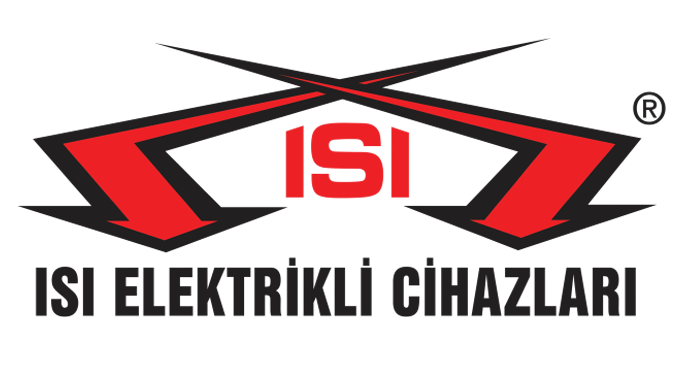Heaters in the Defense Industry
The defense industry is one of the sectors where technology is utilized at its most advanced level, and heaters play a critical role in this field. Heaters used in the defense industry regulate power distribution by providing electrical resistance and ensure temperature control. Additionally, these components are utilized in a wide range of applications, from military vehicles to ships, aircraft, and military communication equipment.Defense Industry Heaters Technical Specifications
- Power: Available in various power ratings ranging from 1 watt to 100 watts.
- Heater: Available in various resistance values ranging from 1 ohm to 10 megaohms.
- Tolerance: Available in various tolerance levels ranging from 1% to 5%.
- Temperature Coefficient: Have various temperature coefficients ranging from -50 ppm/°C to +50 ppm/°C.
- Voltage: Available in various voltage ratings ranging from 100 volts to 1000 volts.
- Environmental Rating: Have various environmental ratings according to MIL-STD-810.
Applications of Heaters in the Defense Industry:
- Missile and Rocket Systems: Heaters are used to provide the necessary high temperature and power during missile and rocket launches.
- Guided Munitions: In guided munition systems, heaters are used to maintain the operating temperature of electronic systems and sensors.
- Radar and Electronic Warfare Systems: In radar and electronic warfare systems, heaters are used to protect sensitive electronic components from extreme temperatures and ensure the stable operation of systems.
- Thermal Imaging Systems: In thermal imaging systems, heaters are used to maintain the operating temperature of thermal imaging sensors and obtain clear images.
- Military Vehicles: In military vehicles, heaters are used for functions such as heating engines, heating and cooling cabins, and various other functions.
Advantages of Heaters in the Defense Industry Sector
- Durability: Heaters are typically made of robust materials and can withstand harsh conditions, which is advantageous in defense industry applications where military vehicles and equipment often operate in challenging environments.
- High Temperature Tolerance: Heaters have high temperature tolerance, making them ideal for components operating at high temperatures in defense systems.
- Quick Response Time: Heaters can rapidly convert electrical energy, enabling systems to respond quickly, which is crucial in defense applications, especially in sensitive systems.
- Reliability: Heaters are generally reliable components that maintain their performance even after prolonged use, meeting critical requirements in defense systems.
- Cost-effectiveness: Heaters are usually cost-effective, which is advantageous for defense budgets.
- Controllability: Heaters are commonly used to control electrical current, enhancing system sensitivity, a crucial feature in defense systems.
Types of Heaters Used in the Defense Industry Sector
- Metal Film Heaters: Metal film heaters are used to provide precise resistance values, offering high tolerance and low temperature coefficients for stable and reliable performance.
- Carbon Film Heaters: Carbon film heaters are designed to accommodate higher power and frequency requirements. They are used in high-frequency applications and are ideal for precise measurements.
- Wirewound Heaters: Wirewound heaters are designed for high-power applications and are commonly found in military equipment and vehicles requiring high thermal resistance.
- Heater Arrays: Heater arrays consist of a series of heaters with different resistance values. They are commonly used in defense systems for precise measurements and control circuits.
- Surface Mount Heaters: Surface mount heaters are compact heaters mounted on a surface, allowing for compact designs. They are preferred in defense systems to reduce density.
- High Power Metal Oxide Film Heaters: High power metal oxide film heaters are durable heaters suitable for high-power applications, commonly used in the defense industry.
Defense Industry Heaters

-500x500.jpg)
-500x500.jpg)
-500x500.jpg)
-500x500.jpg)
-500x500.jpg)
-500x500.jpg)